Shetphal, Maharashtra: The Snake Village of India

Situated in Maharashtra's Solapur district is a village that defies the conventional human-reptile relationship. Shetphal, also known as the "Snake Village of India," is one such special place where cobras and other snakes are not only accepted, but are a part of everyday life, living in perfect harmony with the inhabitants.
Why visit the Snake Village of India?
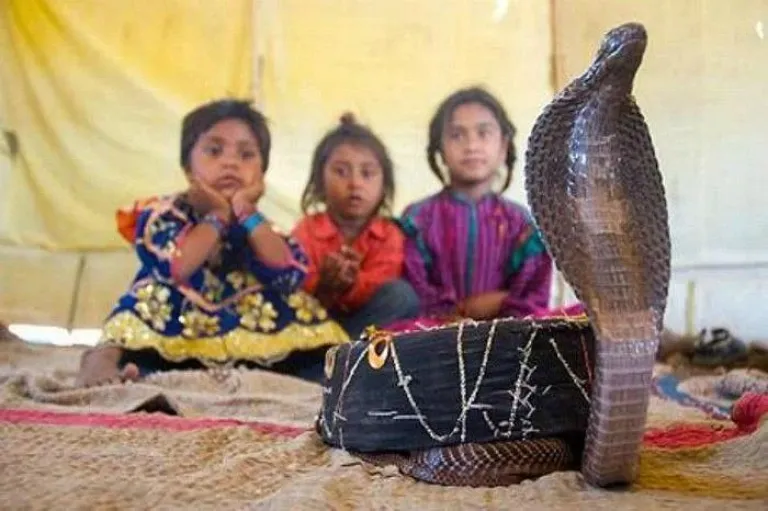
In most places, the sight of a snake - especially a cobra - would send people running. But in Shetphal, a quiet village in Maharashtra, it's just another part of daily life. Here, snakes aren't feared - they're respected. And that’s what makes Shetphal so fascinating.
What truly sets this village apart is how naturally humans and cobras live side by side. It’s not unusual to see a cobra resting in a corner of a house or making its way through the village streets, while life carries on as usual. Children grow up unafraid, and the villagers see these snakes not as threats, but as sacred guests.
This peaceful bond isn’t the result of forced rituals or training - it’s an old tradition that’s been passed down through generations. In fact, every home in Shetphal is believed to have a special spot - like a small hollow or open space - meant just for snakes. These “snake corners” are never disturbed. The cobras come and go as they please, and no harm ever comes to them.
So, why visit Shetphal? Because it offers something rare - a chance to see true coexistence in action. It’s a village that challenges fear with faith, and superstition with centuries of lived experience. For travelers looking to explore India beyond the usual tourist trail, Shetphal is a place of quiet wonder. It’s perfect for those drawn to unique traditions, cultural depth, and stories that stay with you long after you’ve left.
Shetphal isn’t just about snakes - it’s about a way of life that respects the wild, and embraces it with calm, not fear.
The Underlying Belief
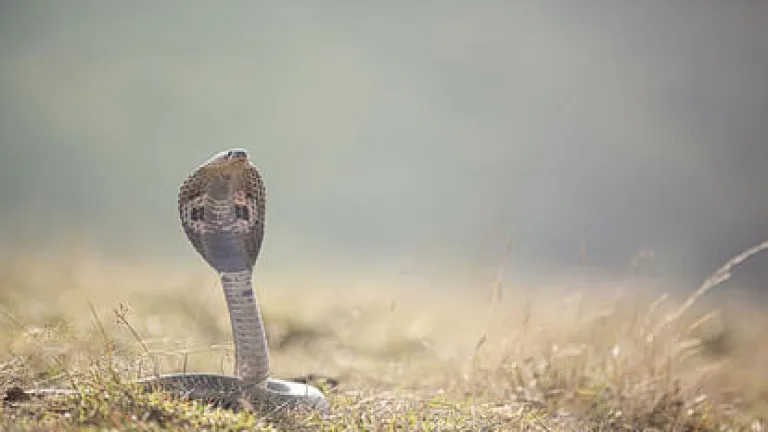
The indigenous reverence for snakes in Shetphal arises from a firm spiritual conviction. The locals treat snakes, especially cobras, as sacred and manifestations of gods. They think that injuring a snake would invite harm to themselves. This is not a passive condition; it's an active component of their rituals and festivals, wherein snakes are usually given milk and worshipped.
Though the true genesis of the tradition is not conclusively recorded, it is generally accepted to have developed from a synthesis of ancient myths, local superstition, and possibly an early appreciation for the ecological function snakes perform in rodents that would destroy crops.
A Natural Sanctuary
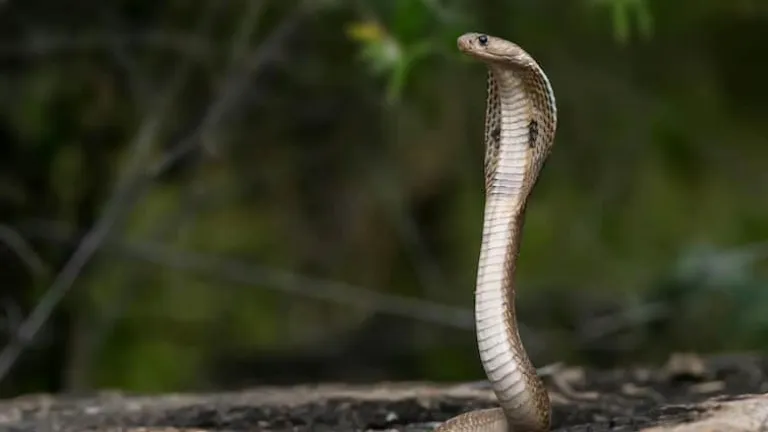
The Shetphal villagers' charitable nature has, in return, established a natural haven for snakes. The lack of persecution allows the snake population to flourish, with the result being a special biodiversity in the village itself. This mutual living situation offers an interesting case study in ethnoherpetology – the science of human-reptile interactions.
The Role of Nag Panchami
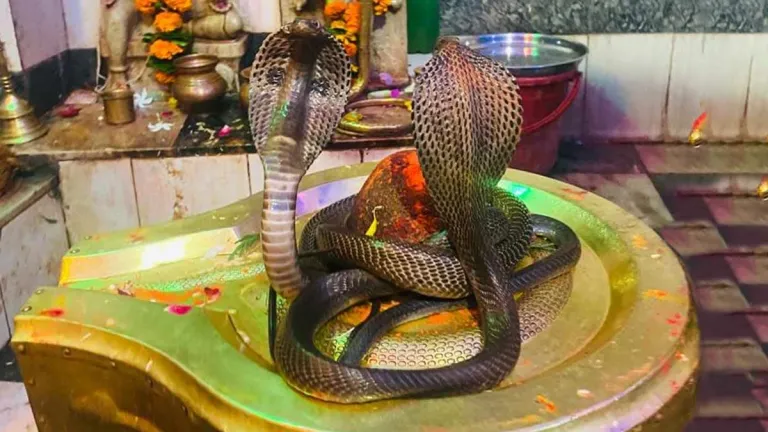
The Nag Panchami festival is of great importance in Shetphal, perhaps more so than in other regions of India where the festival is celebrated extensively. While on other occasions snakes are taken to the temples as offerings on this day, in Shetphal the encounter is much more natural. Snakes tend to enter villages freely inside homes during this special day, and they are provided milk and prayers with even more seriousness. This yearly festival reiterates the cultural significance of snakes and consolidates the villagers' adherence to their uncommon lifestyle. It's a day when the relationship between humans and snakes is openly reaffirmed, with festivities and rituals bestowed upon the serpent gods.
Overcoming Skepticism and Safety Issues
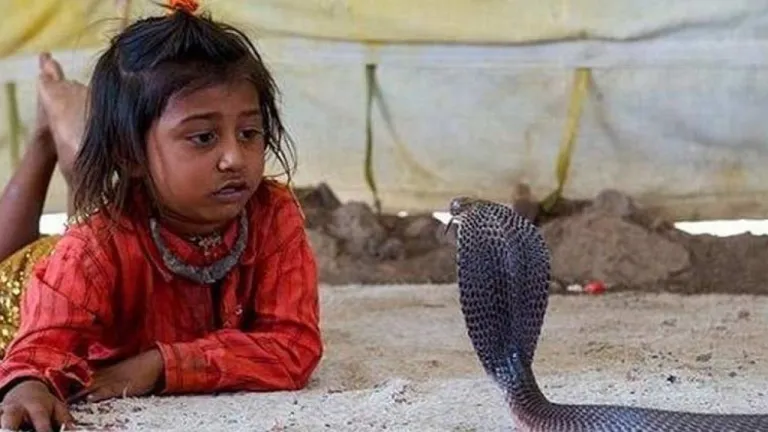
Of course, most outsiders are skeptical or worried about the safety of living among venomous snakes. There's a need to address this. Though cases of snakebites are surprisingly few considering the close proximity, they do not happen at all. The villagers have, however, cultivated a very keen sense of understanding of the behavior of snakes. They can tell from certain behaviors that a snake is agitated and know when to leave it alone. Their aggressive nature does not usually extend to the snakes, and their peaceful nature goes a long way in discouraging attacks. Furthermore, local folklore suggests that the snakes in Shetphal are inherently less aggressive towards humans, a belief reinforced by generations of peaceful coexistence. The low incidence of bites often puzzles experts, highlighting the unique nature of this bond.
Ecological Benefits and Pest Control
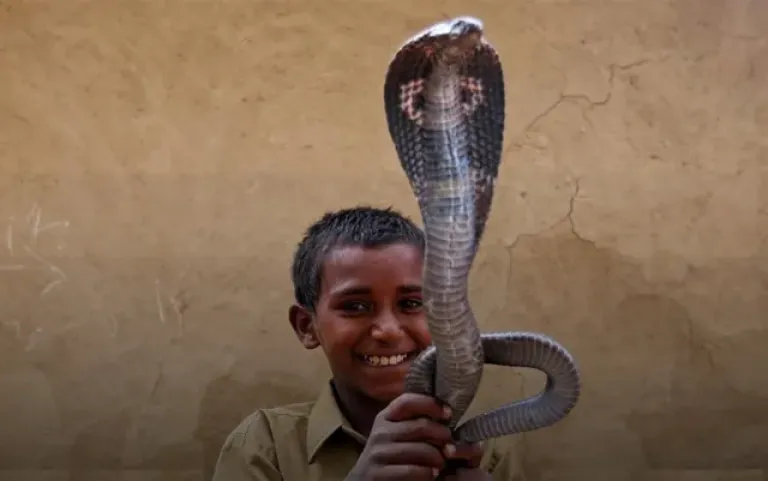
Beyond the spiritual and cultural aspects, there's a strong ecological benefit to the presence of snakes in Shetphal. Snakes naturally prey on rodents and other rodents that can destroy crops and cause disease. By letting snakes flourish, the villagers are in effect doing an extremely efficient and natural job of pest control. This minimizes the use of chemical pesticides, helping to create a healthier environment and more sustainable farming methods. This utilitarian benefit probably contributed to the original acceptance and later veneration of snakes, since their presence was of direct benefit to the village's economy.
The Future of Shetphal's Tradition
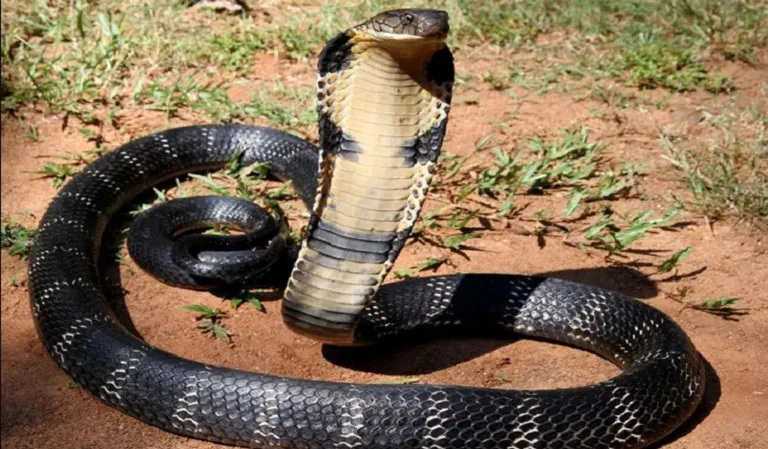
As the world becomes more modern, how will this historical custom be able to survive in Shetphal? Will future generations still remain as respectful, or will outside forces cause an attitude change? Talking about the possible challenges and the measures, if any, that are being taken to keep this special cultural heritage intact could make for a worthwhile conclusion. Maybe educational programs are being planned out, or there's an increasing interest among researchers to learn about this amazing human-animal bond.
Visiting Shetphal
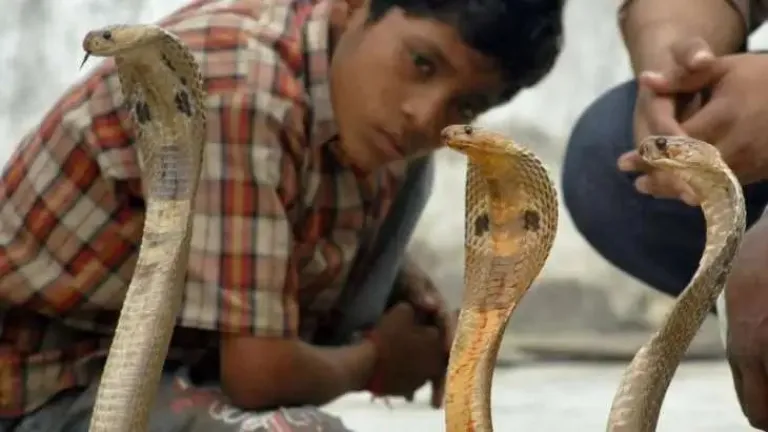
For the curious traveler, Shetphal offers a truly unique experience. While it's not a conventional tourist destination with elaborate attractions, the opportunity to witness this extraordinary human-snake coexistence firsthand is unparalleled. Visitors are encouraged to observe respectfully and follow local customs. It's important to remember that these are wild animals, and while the villagers are accustomed to them, maintaining a safe distance and avoiding sudden movements is always advisable.
Shetphal is a testament to the fact that humans and animals can live together in harmony as long as respect and understanding rule. It's a good reminder that fear is frequently an acquired reaction, and that even old customs sometimes can teach us valuable lessons in how to live in harmony with the world about us. So the next time you happen to think of Maharashtra, recall Shetphal – the "Snake Village of India" where snakes are not only tolerated, but venerated.
Published at
About Author
Tashvi Gala
Subscribe our Newsletter
Get our weekly tips and travel news!
Related Posts
10 Adventures to Try in India This Monsoon 2025
Gear up for 10 thrilling monsoon adventures across India in 2025 and experience nature’s wildest moments like never before.
10 Amazing Backpacking Destinations to Add to Your List in 2024
From spiritual havens to nomadic adventures, explore a tapestry of cultures and landscapes, promising an unforgettable journey.
10 Amazing New Attractions in Singapore - Indian Travelers Guide 2025
Explore the new yet amazing attractions of Singapore
10 Amazing Reasons to visit Tanzania, East Africa
Explore Tanzania's allure—an enchanting blend of diverse cultures and stunning landscapes, resonating with the spirit of India. Here are 10 reasons to make it your next adventure!
10 Amazing Things to Do in Azerbaijan That Indians Often Miss
Azerbaijan offers a blend of ancient history, modern architecture, and breathtaking landscapes that Indian tourists often miss. From the mesmerizing Caspian sea to the serene village of Lahij, here are 10 must-do experiences tailored for Indian tourists.
Latest Posts
5 Co-Working Spaces in Goa with Beach Access for Digital Nomads
**5 Co-Working Spaces in Goa with Beach Access for Digital Nomads** Goa — where the sound of crashing waves mingles with the quiet hum of creativity, has evolved from a traveller’s paradise into a global hotspot for digital nomads. Gone are the days whe
7 Rooftop Cafes in Udaipur with Lake View
Watch the sun set over Udaipur’s royal lakes from these 7 stunning rooftop cafés. Heritage charm, dreamy food, and unforgettable views await!
5 Fantastic Vineyard Stays in Nashik for Wine Lovers Under ₹6000
Enjoy Nashik's vineyards on a budget! 5 charming stays near the wine hub, all under ₹6000. Cheers to affordable wine trips!
5 Camping Sites Near Hyderabad Within 150 Km for Stargazing
Looking to escape the city lights? These 5 camping sites near Hyderabad (within 150 km!) are perfect for stargazing, bonfires, and slow nature weekends.
7 Boutique Hotels in Pondicherry Near Beach Road Under ₹4500
Discover 7 charming boutique hotels in Pondicherry near Beach Road under ₹4,500. Stay close to the Promenade, cafés, heritage streets, and the sea breeze.

